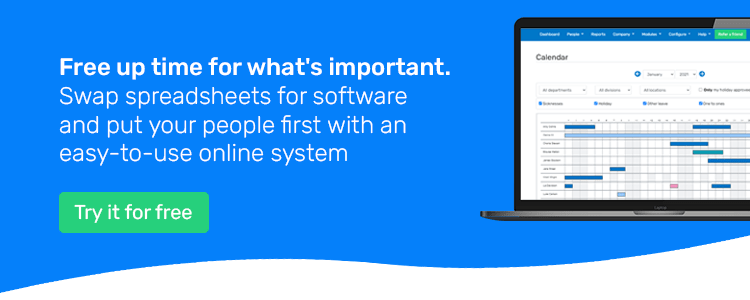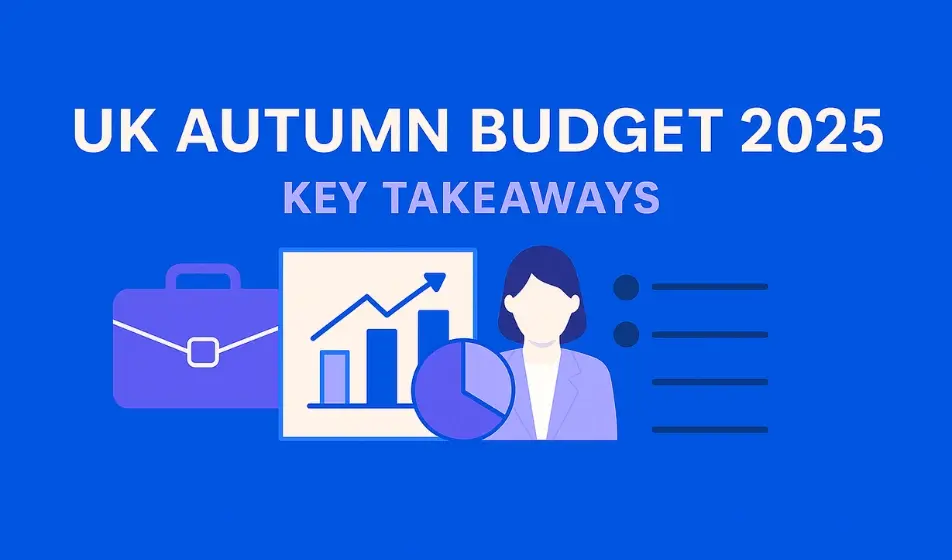Statistics published by Scope UK – the disability equality charity - reveal that 5 million disabled people are employed in the UK.
Sadly, 72% of disabled people have experienced negative attitudes and behaviour in the past 5 years, including being judged on their capability & accusations of faking their impairment. This could all be classed as discrimination against disabled people.
A man with a stammer who had a job offer withdrawn by an NHS Trust has been awarded £17,000 in compensation for disability discrimination at an employment tribunal.
In this blog, we'll look at different types of disability discrimination, along with what SMEs can do to tackle these attitudes & behaviours at work.
We'll also look at the Equality Act 2010 and share some useful resources available to help employers support disabled team members.
What is disability discrimination?
Who is a disabled person?
Invisible disabilities
Examples of disability discrimination in the workplace
When can discrimination happen?
3 resources for supporting employees with disabilities
What is disability discrimination?
The Equality and Human Rights Commission defines disability discrimination as being:
‘When an employee is treated less well or put at a disadvantage for a reason that relates to their disability in one of the situations covered by the Equality Act.
The treatment could be a one-off action, the application of a rule or policy or the existence of physical or communication barriers which make accessing something difficult or impossible’.
It's important to remember that discrimination does not have to be intentional to be unlawful. It’s vital that businesses understand what constitutes discrimination and take appropriate action.
What is considered a disability?
The General Medical Council defines a legal definition of disability & provides examples of physical and mental health conditions covered by the law. In terms of a broad legal definition, an employee is considered to be disabled if they have a mental or physical condition which:
-
Makes it difficult for them to carry out normal daily activities (which will usually include their normal day-to-day activities at work).
-
Has more than a minor or trivial adverse effect.
The rights of disabled employees and their legal protection from discrimination at work and in wider society are set out in the Equality Act 2010.
Deciding whether someone is covered by the definition of disability as provided in equality legislation can be complex. Seeking advice from HR professionals (such as Breathe's Partner network) can be useful for clarification.
Invisible disabilities
Some employees may have a disability that isn't immediately apparent to their colleagues & employers.
It's not uncommon for individuals to hesitate in disclosing their disabilities, often due to a perceived stigma or a lack of acceptance and understanding.
As an employer, it's crucial for you to actively encourage these individuals to reach out for assistance, so that you can effectively support and accommodate hidden disabilities within your workplace.
Some examples of hidden disabilities include:
-
Autism
-
Brain injuries
-
Chron’s Disease
-
Chronic Fatigue Syndrome
-
Chronic pain
-
Cystic Fibrosis
-
Depression, ADHD, Bipolar Disorder, Schizophrenia, and other mental health conditions
-
Diabetes
-
Rheumatoid Arthritis
-
Visual and auditory disabilities (these may be invisible if someone wears contact lenses or has a hearing aid, for example)
Examples of disability discrimination in the workplace
Scope UK identifies four basic examples of discrimination:
-
An employer not providing reasonable adjustments that would help a disabled person to do their job
-
An employer withdrawing a job offer when they learn of someone’s condition
-
An employer firing an employee due to disability-related absences
-
Workplace bullying because an employee is disabled
Scope UK also describes different types of discrimination. These include:
Direct discrimination
This is when an employee is treated less favourably because of their condition. For example, if an employer does not offer the employee a place on a training course because it is assumed that the employee would find it difficult to travel and attend a place of learning.
Another example is a job candidate who mentions they suffer from clinical depression during an interview and the employer decides not to offer them the position as it is assumed they will need a lot of time off from work. In this case the candidate could have a case for direct discrimination.
Indirect discrimination
Indirect discrimination happens when an organisation has a particular policy or way of working that has a worse impact on disabled people compared to people who are not disabled. It could be a rule, policy or practice which seems to apply equally to everyone, but which puts disabled people at an unfair disadvantage.
An example is an employer who only offers promotions to people who have a driving license and can drive, even though this is not a key requirement for of the job. This could indirectly discriminate against an employee who suffers from epilepsy.
Harassment
Harassment occurs when someone treats you in a way that makes you feel humiliated, offended or degraded. For example, when a disabled woman is regularly subjected to offensive language and called names by colleagues at work because of her disability.
Victimisation
Victimisation at work is when you are treated poorly or unfairly because you have made a complaint related to a protected characteristic such as disability, or you have helped someone else who has raised a complaint and are seen to be siding with them and are then treated badly.
Failure to make reasonable adjustments
This can be complex as there is no set definition of what is ‘reasonable’. However, depending on the job and workplace, if an adjustment can be made to accommodate the needs of a disabled employee relatively easily, then this could be deemed reasonable.
For example, if you hire a new employee who uses a wheelchair, is your building accessible for them? Do you have a lift, or is there a ramp to the entrance of your office? If in doubt, this is another area where professional advice is highly beneficial.
When can disability discrimination occur?
A disabled employee can face discrimination at any stage of their employment. This can range from initial job applications and interviews, through to day-to-day work, promotions, pay rises and the termination of a contract.
Although it's unlawful for an employer to ask an employee about a disability during an interview, the candidate may request reasonable adjustments at this stage of their application, which may also apply if they are offered a position.
3 resources for supporting employees with disabilities
ACAS have detailed guidance on supporting employees with disabilities which is ideal for employers, managers, disabled employees, workers and job applicants. This guide covers:
-
Reasonable adjustments
-
Disability discrimination
-
Supporting mental health at work
-
Discrimination and the law
-
Improving equality, diversity and inclusion in your workplace
-
When an employer may make a decision based on a disability
The government has a dedicated guide for employers. It aims to help increase their understanding of disability and enable them to recruit and support disabled people and those with long term health conditions in work.
The Chartered Institute of Personnel Development (CIPD) is a Disability Confident Leader and committed to supporting employees and employers. They offer a guide which includes advice on governance and best recruitment practice, such as the Recruitment Charter launched by the organisation’s Business Disability Forum. The CIPD’s guide also links to various factsheet and useful external resources.
Easily store information related to disabilities & medical facts securely within Breathe's secure, ISO 27001-accredited software. Why not Breathe for free for 14 days?

Author: Aimée Brougham-Chandler
An IDM-certified Digital Copywriter (2023) & English Language & Literature graduate (BA Hons), Aimée is Breathe's Content Assistant. With 3 years' content marketing experience, Aimée has a passion for writing - and providing SME HR teams with solutions to their problems. She enjoys delving into & demystifying all things HR: from employee performance to health and wellbeing, leave to company culture & much more.





